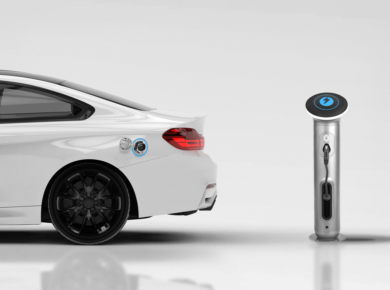At SalvageBid, we often are asked questions about the condition of a vehicle or are asked for more information than we might necessarily have. One of the pieces of information that is available to both us and our customers is the VIN for the item. The VIN (which stands for vehicle identification number) was standardized in the US by the Department of Transportation in 1981. While we recommend running a VIN check on any vehicle you purchase, even without this just looking at the VIN of a car or truck can tell you something about it’s true history and where it came from.
The standard VIN is 17 characters long and contains both letters and numbers. Each character in the VIN stands for specific information based on it’s place in the sequence.
1. The first three characters are often called the World Manufacturer Identifier. Together they can tell you the county in which the vehicle was assembled and what type of vehicle classification it is considered (car truck etc). For example, if the first two digits of the VIN are 2P the vehicle was assembled in Canda, with the third digit telling us the classification based on the manufacturer.
2. The next 6 positions can tell you distiguishing characteristics such the make and model of vehicle. These are often called the Vehicle Descriptor Section. In the these positions, you can find out information like the model, body style and engine type depending on the manufacturer. Manufacturers should make these codes available to be looked up. In North America, the 9th position, which is often considered part of the vehicle descriptor section, simply allows a viewer to determine if the VIN is a valid one.
3. The final 8 characters are the unique vehicle identifiers. As befits the purpose of this section, it is called the Vehicle Identification Section. Again in North America, the first two characters of this section, digits 10 and 11 tells us some additional information. The 10 place tells us the year of manufactur and the 11th place identifies the specific plant where the vehicle was manufactured.
As you can see, there is a lot of information that can be figured out by just reading a VIN. The next time you examine a car at auction don’t forget to think about the VIN, what it means and how to read it. And if you are ever concerned that something is wrong with the VIN, don’t forget to run a VIN check through a third party service.





